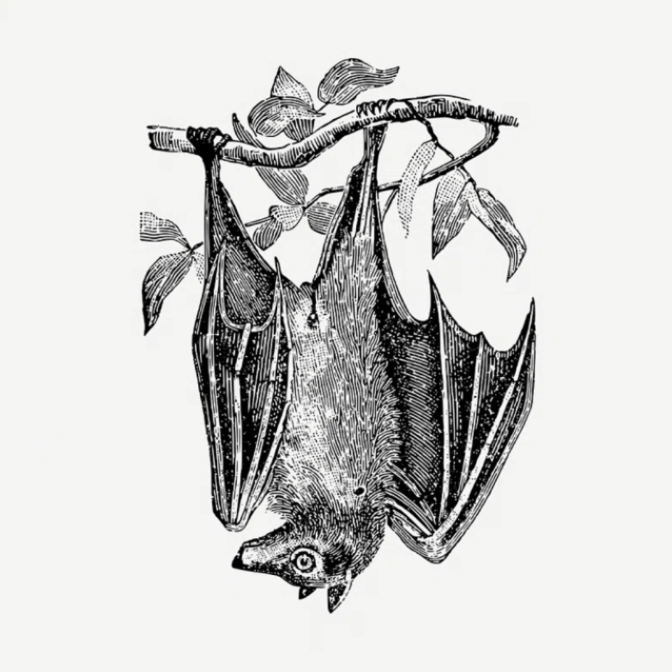Voice Disguise through Whispering
My current research investigates the impact of changes in phonation and the presence or absence of fundamental frequency in voice diguise. We designed production and perception experiments to test the effectiveness of whispering as a method of disguising one’s voice.
Aerodynamic investigation of vowel nasalization in Japanese
(with Sam Tilsen, Abby Cohn)
This project documents anticipatory vowel nasalization in Japanese. Aerodynamic studies on English have found that vowel nasalization is not conditioned by syllable structure (Cohn, 1990). Experimental studies on Spanish (Beristain, 2024), however, have found syllable structure to play a significant role in influencing the extent of vowel nasalization. Notably, there is very little experimental work on this pattern in Japanese. We designed a study to provide much needed acoustic and aerodynamic analysis of vowel nasalization in Japanese, adding to our typological understanding of nasalization crosslinguistically. This study is being conducted with native Japanese speakers to document the pattern. It is also being conducted with L2 populations of varying degrees of proficiency in Japanese to investigate the learnability of the pattern. The language-specific nature of vowel nasalization suggests that L2 speakers will need to master the observed pattern of Japanese if it differs from their L1.
